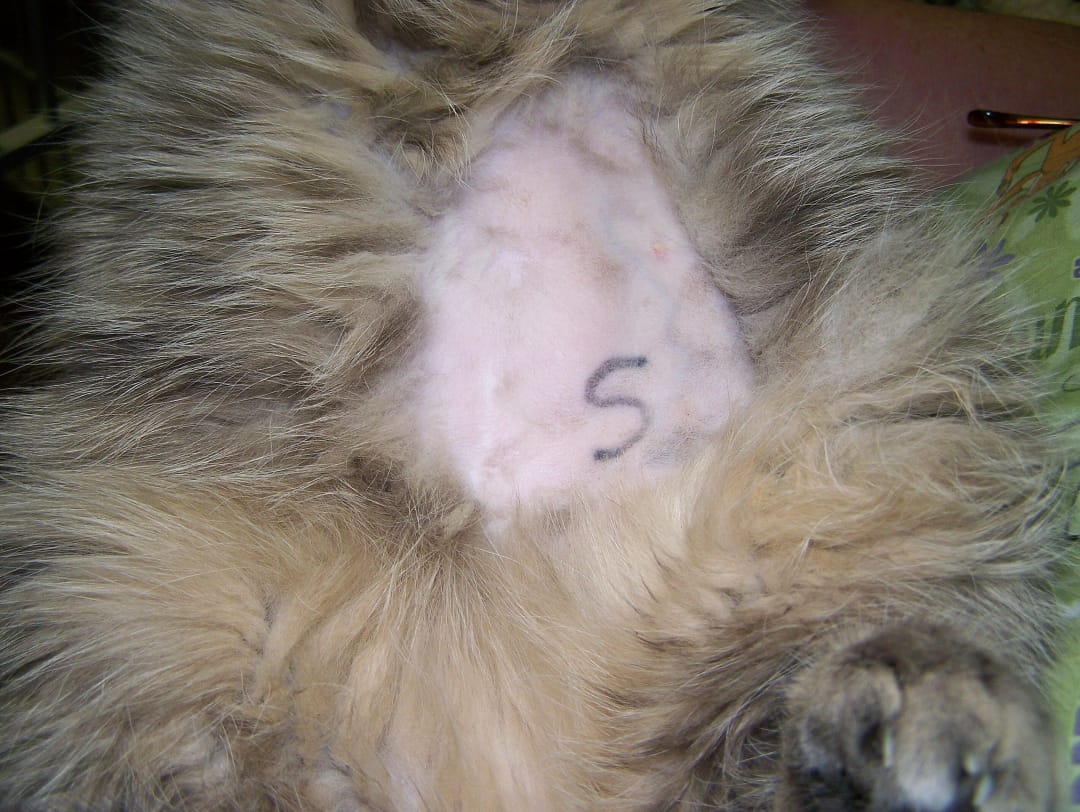
Dog tattoos have a special meaning. But today, we’re not talking about a portrait of your pet that you got tattooed on your body. This blog is about dog tattoos, i.e., tattoos on dogs. If you’ve noticed a blue line on your dog’s belly or a tattoo on your dog’s right ear and wondered about it, here’s what it means.
Dog tattoos are a form of permanent identification for pets. They can only be performed under general anesthesia, so most people get them done when the puppy is being neutered. The veterinary surgeon can give the puppy a small tattoo on the right ear when he or she is under anesthesia.
The other way to give your dog a permanent identification is through microchipping. This is done using a preloaded sterile applicator that is injected between the dog’s shoulder blades. A microchip is about the size of a grain of rice. Microchipping is a painless procedure and no anesthetic is required. Most dogs don’t feel a thing when the microchip is injected.
While dog tattoos can fade over time, become unreadable, or be tampered with, a microchip is permanent, indelible, and tamper-proof. However, microchips are not immediately visible or readable. Also, some dog owners worry about the safety of microchipping, because there have been reports of microchips migrating from between the shoulders to the rear leg.
Both dog tattoos and microchips have a good success rate in reuniting lost dogs with their owners. Nonetheless, because of the ease of application, many dog owners prefer microchipping over dog tattoos for identification purposes.
Besides an identification tattoo on the right ear, dog tattoos also consist of a blue or green mark on a dog’s belly. This is a signal that the dog has been spayed or neutered. The application of a tattoo after surgical sterilization helps to immediately identify an altered or desexed animal. This prevents unnecessary paperwork, blood tests to check for hormone levels, surgical exploration to check for sterilization, or inadvertent repeat sterilization surgery in the future.
In female dogs, the tattoo is placed just off the midline, below the umbilicus or navel. In male dogs, the tattoo is placed to the side of the neuter incision. A small amount of green or blue ink is applied to the area. Some glue is placed over the tattoo to prevent the ink from spreading and causing a messy tattoo. This glue wears off, leaving behind a permanent dog tattoo.
When the incision is healing, it can look temporarily reddish-pink or swollen. You should contact your veterinarian if the area develops worsening redness, swelling, discharge or if your dog is licking their private area too much.
Almost 3 out of 4 dogs that are spayed or neutered at veterinary schools are given a sterilization indicator tattoo. Teaching hospitals give dog tattoos to approximately one-third of dogs that undergo spay/neuter procedures. Rules vary from state to state, but the majority of humane societies tattoo the dogs after they are spayed or neutered and also microchip the dogs. In private practice, however, dog tattoos during spaying/neutering are uncommon. Only about 5% of dogs get sterilization tattoos when they are fixed by a private veterinarian.
Dog tattoos are done under anesthesia, so they do not hurt. Your dog will be asleep when the tattoo is applied. However, after the dog tattoo is placed, you will have to watch out for signs of infection. For dog tattoos placed on the belly, this will involve checking your dog’s private area. (Read some possible causes for a female dog’s private area to be red and swollen).
Dog tattoos are permanent. They serve as a visible form of identification and are also used as sterilization indicators. However, tattoo inks can fade over time or become unreadable. They can also be tampered with, which is why veterinarians recommend also microchipping your dog.
22 February, 2023